People of My Time at Hannah Traore Gallery brings together 50 works spanning two decades, celebrating the intersection of tradition and pop-culture
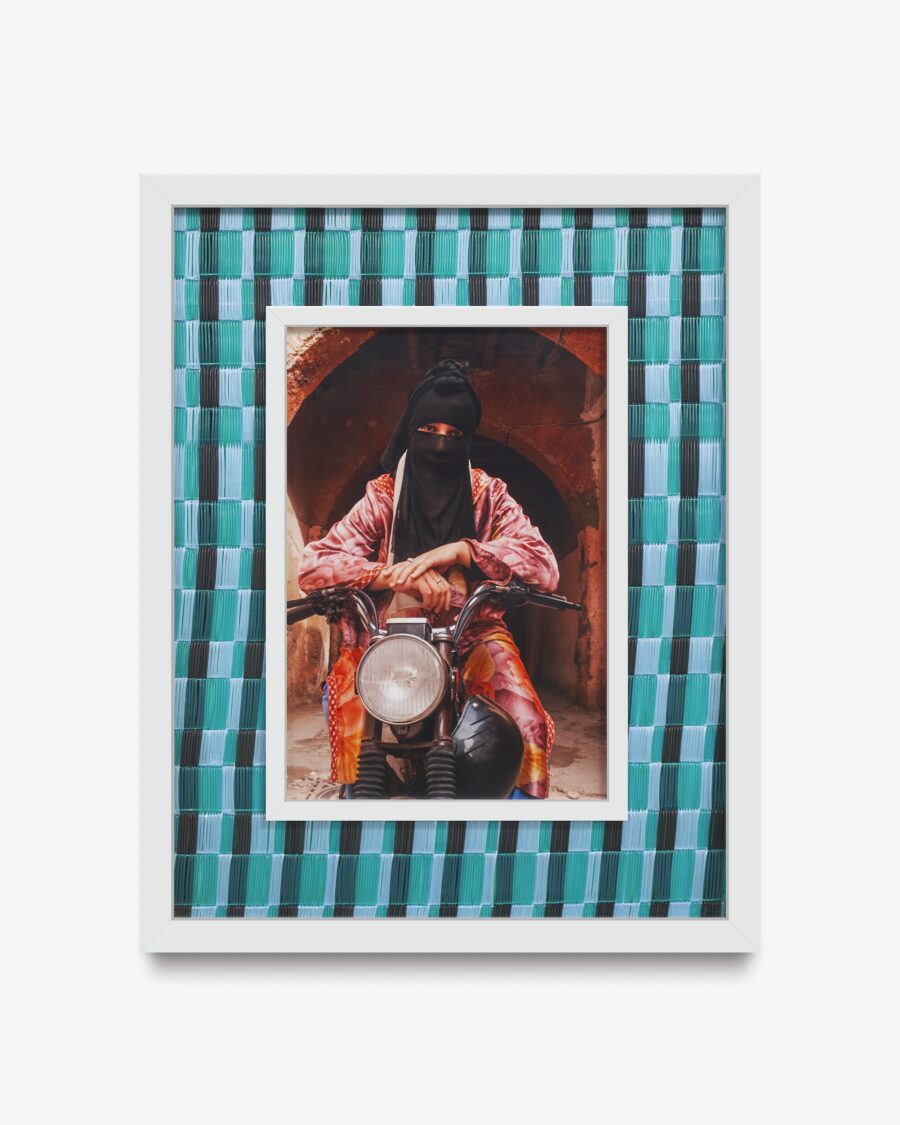

People of My Time at Hannah Traore Gallery brings together 50 works spanning two decades, celebrating the intersection of tradition and pop-culture
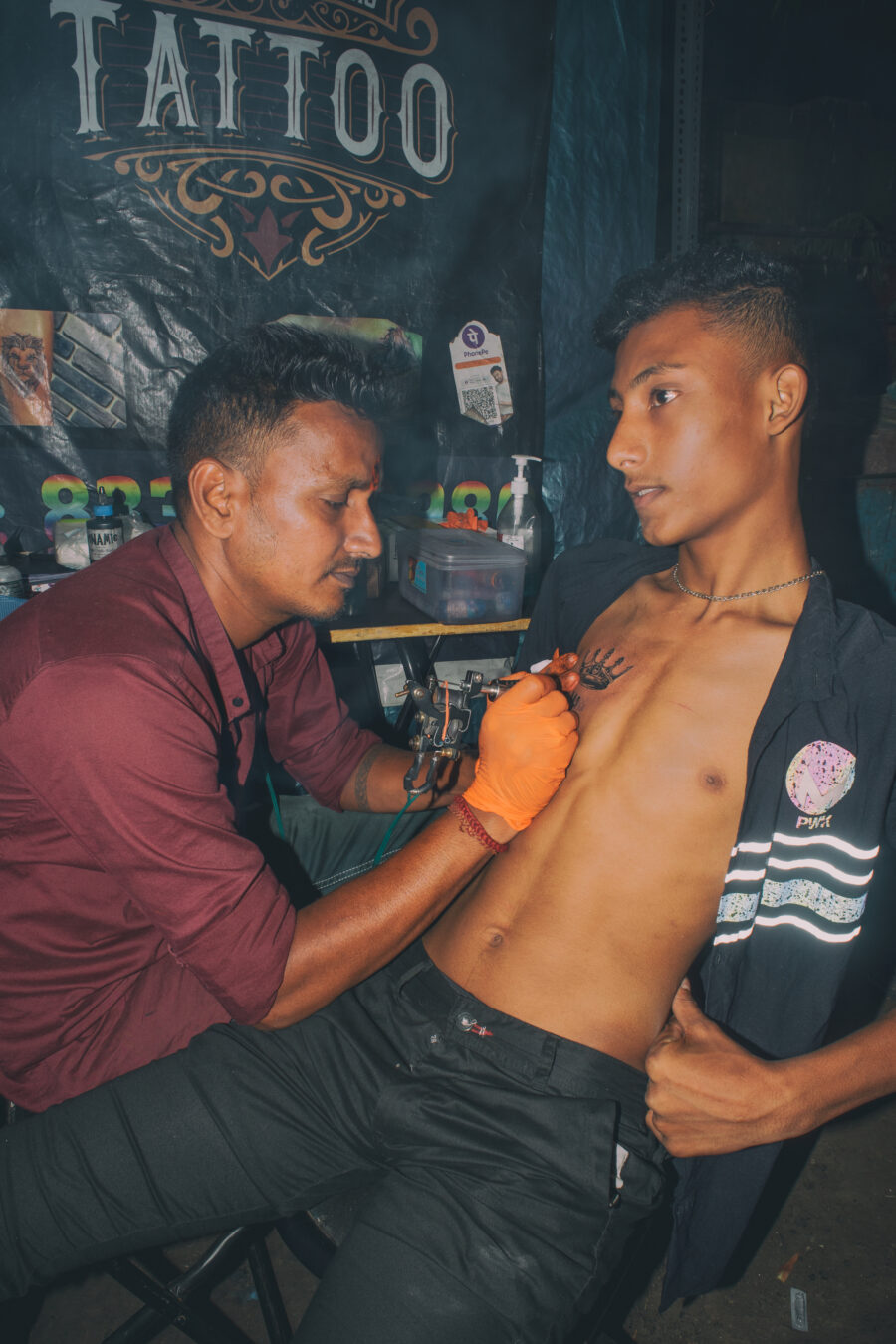
Soham Gupta made his name capturing Kolkata’s unseen poor. Now his mood has softened and the city’s youth movement has picked up pace
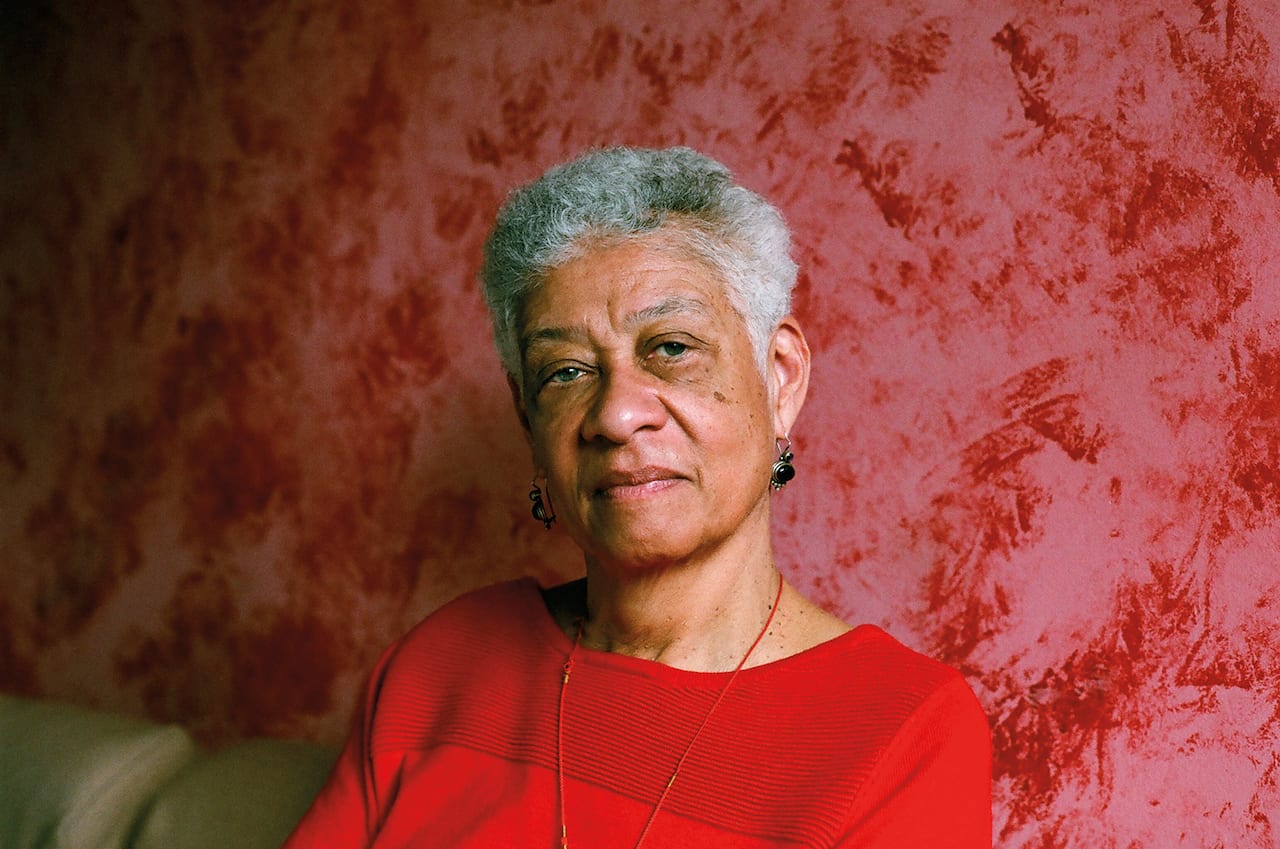
In a new book, Delphine Diallo presents portraits of LGBTQ people over the age of 50 in America, alongside their stories of resilience, progress, and love
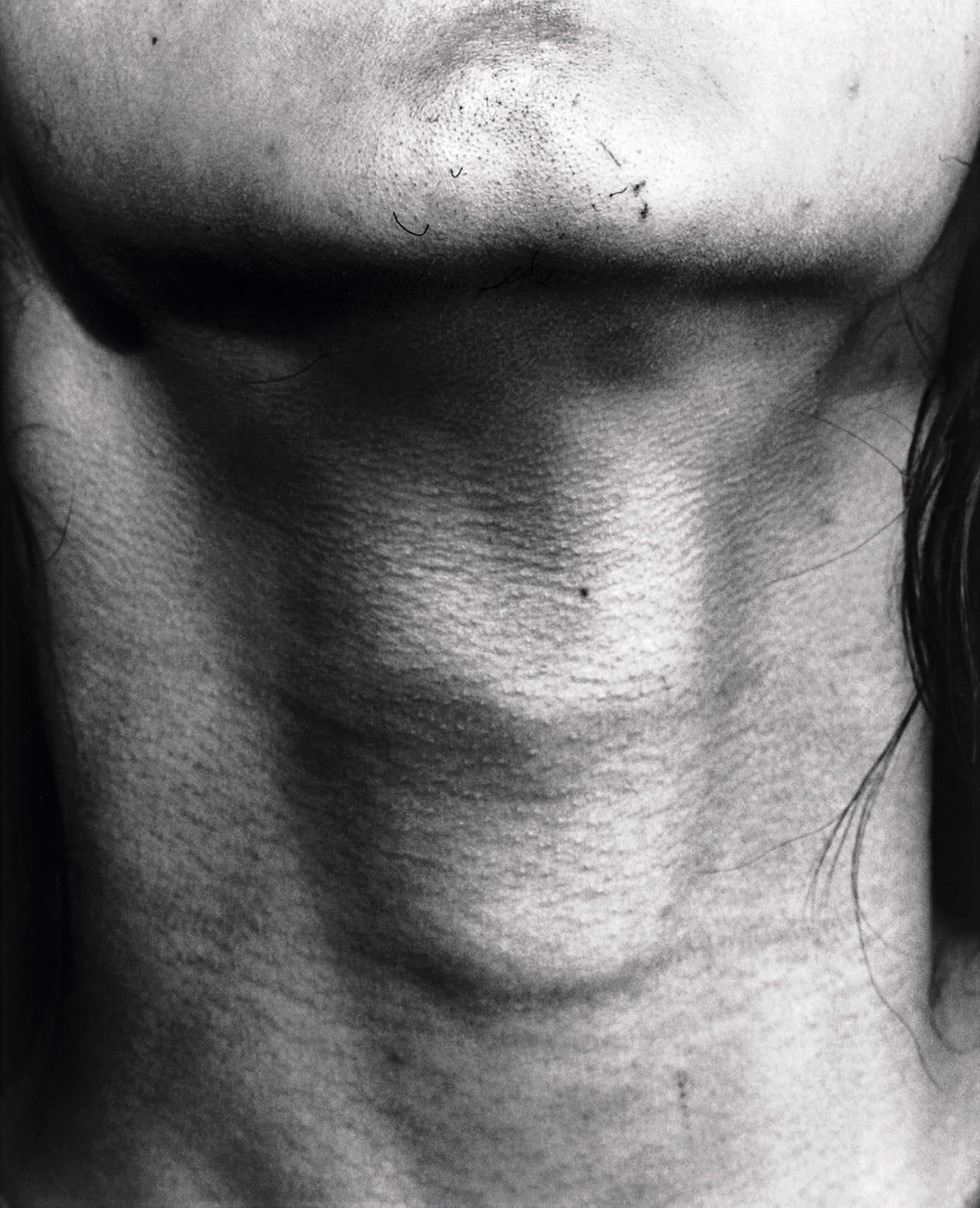
Opening this week, a timely exhibition at the Barbican explores how masculinity has been coded and performed since the 1960s. We speak to curator Alona Pardo about destabilising and debunking the myths surrounding it.
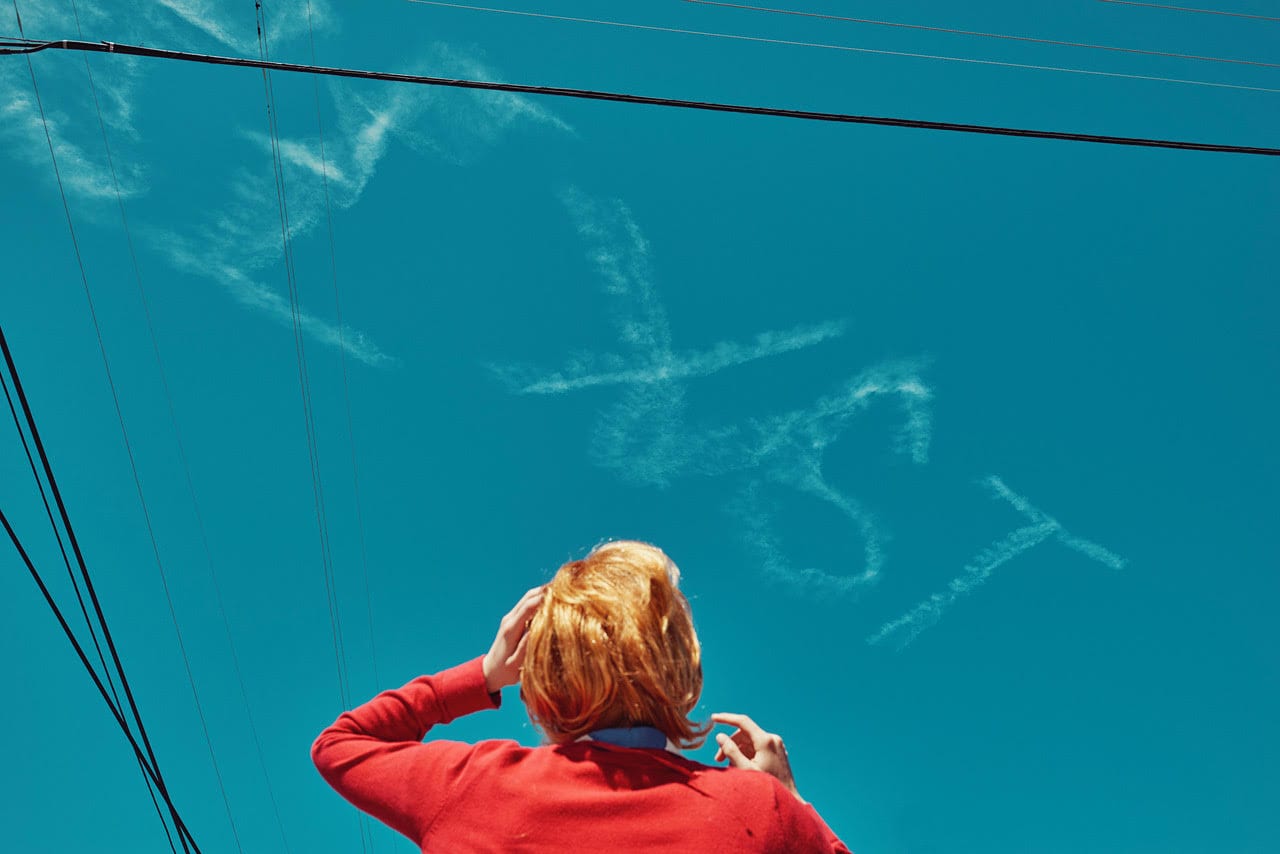
Through the weird and wonderful worlds she creates, Roy escapes the frustrations of modern existence

From the star-studded hills of Hollywood, to Ukraine’s military camps, Russia’s Caucasus region, and the gloomy streets of Thatcher-era England, the programme for this year’s Portrait(s) festival covers a wide breadth of both geography and context. The French photofestival dedicated to portraiture returns to Vichy for its seventh edition this summer, with exhibitions by Philippe Halsman, Tish Murtha, Michal Chelbin, Bastiaan Woudt, Turkina Faso, Benni Valsson, Ambroise Tézenas, and an intriguing show about selfies, curated by Olivier Culmann.
Selfies, Equal/Egos presents a mixture of amateur photography and artists who explore the phenomenon in their practice. Both serious and offbeat, the exhibition examines the mechanisms of virality, and the repetitive nature of the image economy in a digital age.

Alice Mann is a South Africa-born, London-based photographer, who was awarded the prestigious Taylor Wessing…
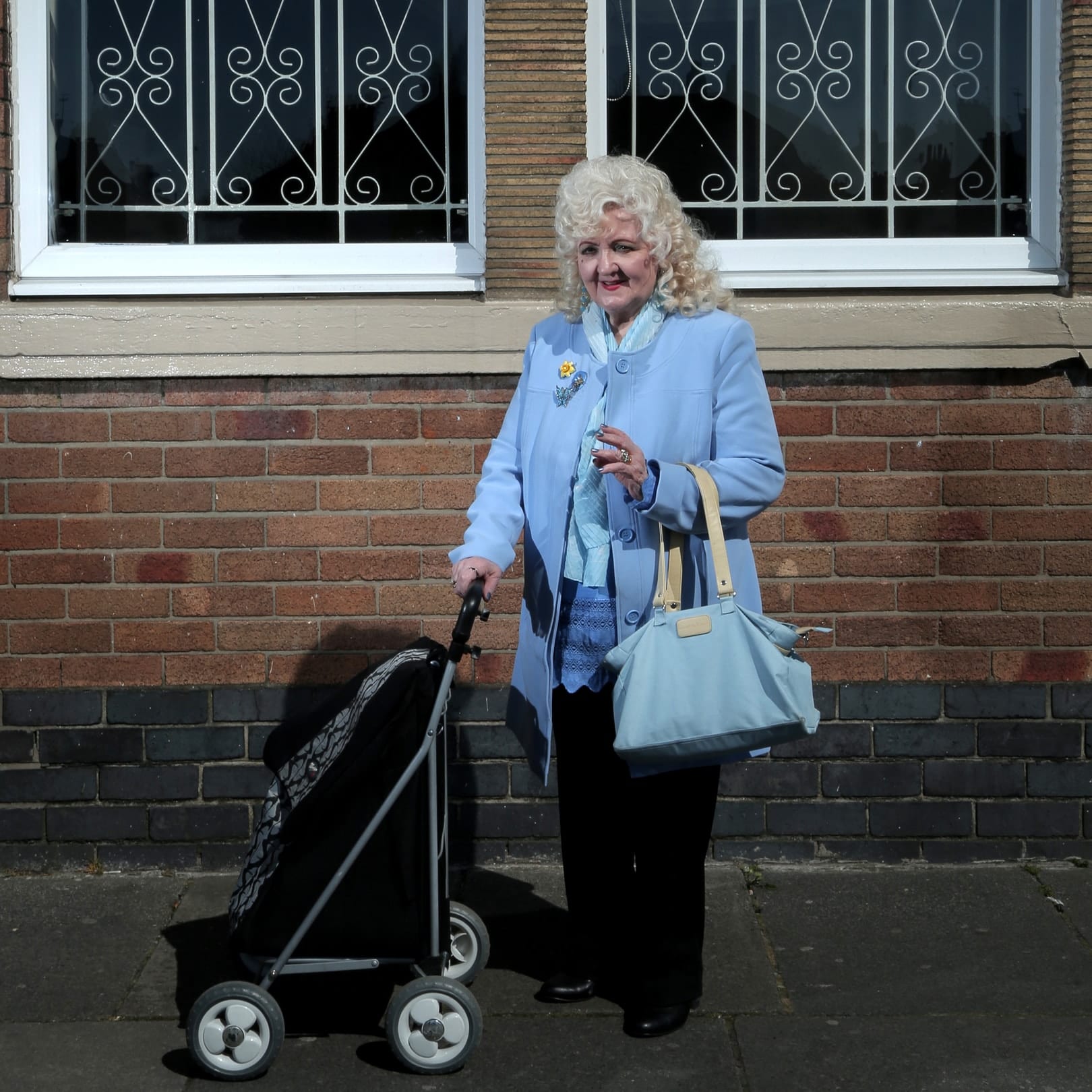
Documentary photographer Danyelle Rolla is proud of her roots. That much is clear from her…
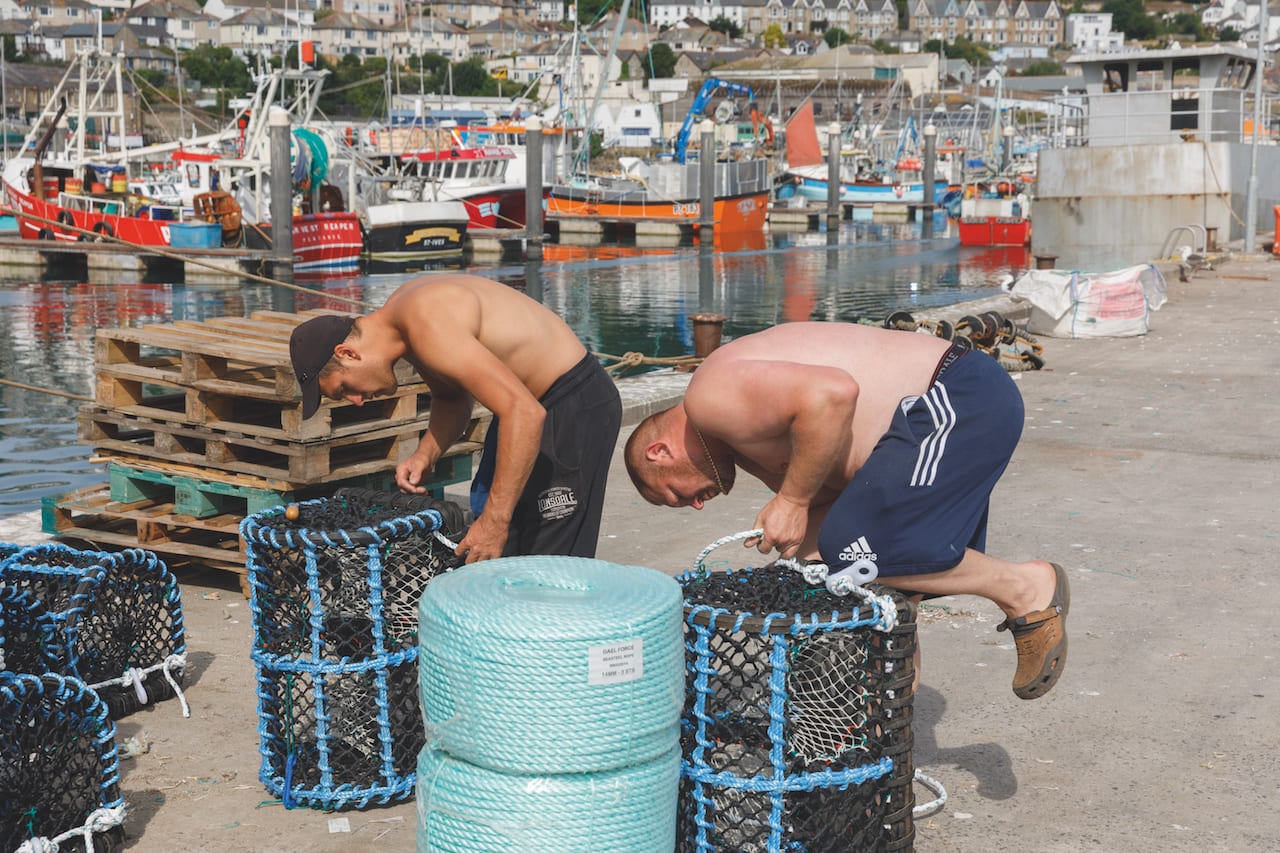
When the Portrait Gallery was established in London in the mid-19th century, its role was envisioned “to consist of those persons who are most honourably commemorated in British history”. Opening in an era when photography was still a new and untried technology, the National Portrait Gallery (as it later became known) was intended to be the national repository of the images, chiefly paintings and drawings, of those men and, much later, women who represented what was best among the British hierarchy of achievements, skills and aptitudes. Its function was to hold up a mirror to Britain that reflected its qualities back to those who came to observe them, as object lessons about how to aspire to, or more simply respect, the qualities and moral standing of the great and the good.
This conception of the NPG may still be widespread in the public mind, as even Martin Parr thought his work would be an ill-fit for a contemporary exhibition along these lines. “I never thought of myself as a portrait photographer,” he says, “and when I first met Phillip Prodger [NPG’s former head of photographs], I told him I had only a few celebrity portraits. I just put a lightbox together and sent them to him, though I was quite surprised at what I had.” Prodger, however, had other ideas, seeing in Parr the work of a social observer who could also offer a portrait of a nation at a key point in its history. So it is that the NPG put together Only Human, on show from 07 March to 27 May, bringing together some of Parr’s most famous photographs alongside a number of works never exhibited before.